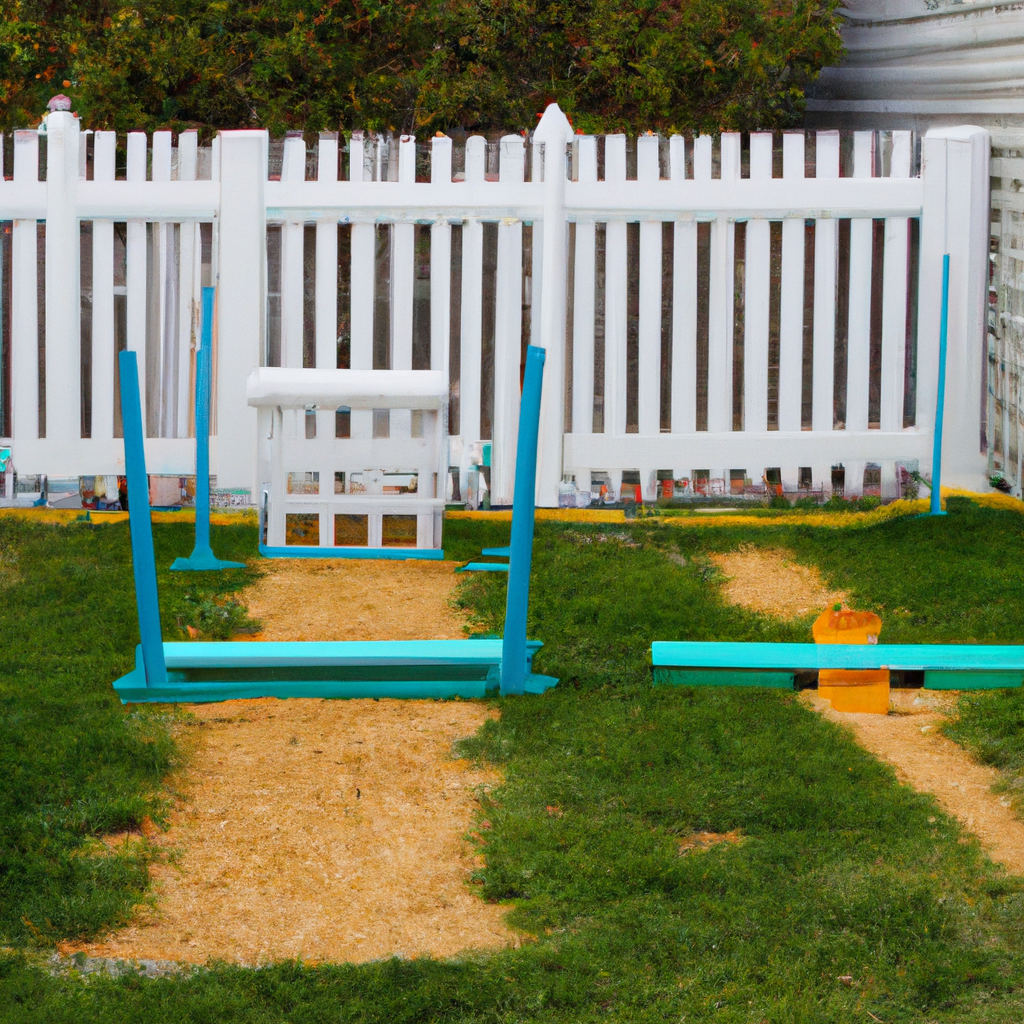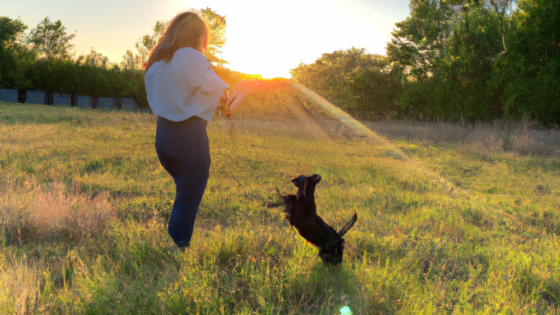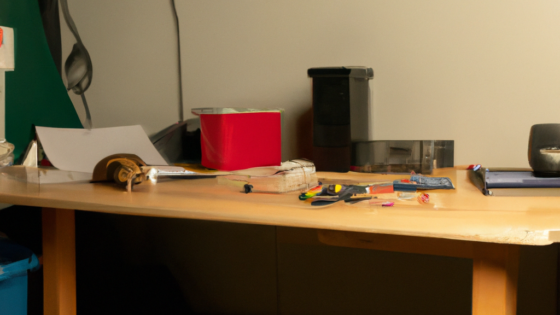Introduction: Introduce the concept of training a pet, explaining the purpose and the benefits of doing so.
When it comes to our furry friends, training is an essential component of having a close bond with them. Training a pet provides an opportunity to build trust, teach them good behaviors, and enhance the bond that you share. It can also help them to be more obedient, better behaved and less fearful or disruptive.
Training your pet is all about teaching them the behaviors that you would like them to exhibit in the home, while out and about, and around other people, pets and animals. With the right guidance, you can teach your pet good interactions, which will ensure both of your safety and wellbeing. The aim is to foster better communication and understanding between you, so that you can trust each other more.
Training your pet has numerous benefits, including improved obedience and better behavior. In addition, it promotes a healthier bond between you and an increased sense of safety and security, as your pet will be less likely to do something that would cause either of you harm. Training also assures that your companion pet is behaving in the appropriate and accepted way in public and when interacting with people, and thus helps to ensure that everyone involved can enjoy a more enjoyable and pleasant experience.
There are many different ways to go about training your pet, so it’s important to find the right method and style that works for you and your furry friend. Training can take time, so it’s crucial to be patient, consistent and gentle as you progress with your pet’s education. With patience, dedication, and a few treats in hand, you’ll be on your way to an enjoyable, trusting relationship in no time.
Steps: Outline the general steps and considerations when training a pet, such as making sure the pet is comfortable, developing a positive and consistent routine, and providing rewards and reaffirming praise.
Training your pet is an important part of pet ownership. By properly training and interacting with your pet, you can help your pet develop good behavior and become a more beloved member of your home. Here are some tips for how to train your pet for improved interactions:
1. Make Your Pet Comfortable: Before starting any training, make sure your pet is relaxed and comfortable with your presence. Take the time to interact slowly and offer rewards such as treats or small toys.
2. Develop a Positive and Consistent Routine: Establishing a routine and teaching your pet with consistent commands and behaviors, will help them become more reliable. You’ll need to practice this routine frequently to maintain good behavior.
3. Provide Rewards and Reaffirming Praise: Motivating your pet with rewards and verbal praise/reinforcement is important to ensure they continue to obey commands. Praise your pet each time they perform correctly and provide healthy rewards such as a treat or toy.
By following these steps, your beloved pet will learn better behavior and develop a closer relationship with you and your family. Training strengthens the bond between the you and your pet and will lead to improved interactions that you’ll both enjoy.
Methodology: Explain the different approaches to pet training, such as clicker training and general behavior training.
Training your pet can make all the difference when it comes to enjoying life with your furry friend. It’s important to understand the different approaches to pet training, such as clicker training and general behavior training, so you can choose the right method to help your pet understand the boundaries you’ve set.
Clicker training works by using an audible marker (the click) when your pet is doing the right thing. It helps keep them focused and understand the reward each time they get it right. Clicker training is a positive reinforcement-based approach that teaches your pet rewards for desired behavior. It’s also a great way to teach them multiple commands such as sit, stay and come when called.
General behavior training focuses on the importance of correcting your pet’s behavior when he’s doing something wrong. This type of training is done partly with positive reinforcement, but it also includes taking away privileges or toys or offering “time outs” or having your pet sit in a “place” until they’ve calmed down. It’s important to remember that when it comes to disciplining your pet, the more effective approach is to use consequence and corrective actions rather than punishing your pet.
No matter which type of training you choose, the most important thing to remember is consistency and patience. Your pet needs to understand that there are rules, and it may take some time for them to adapt to the new learning system you’ve put in place. With a little patience and guidance, your pet will soon understand how to behave and you’ll both be happier for it.
Socialization: Stress the importance of socializing a pet and provide tips for successful socialization.
Dogs and cats are social animals, and even if they’re primarily kept as indoor pets, they still need socialization. Socializing your pet will help it be better behaved and more interactive, which will ultimately make it a happier companion. Here are some tips for socializing your pet:
1. Start early. Starting young and familiarizing your pet to different people, sounds, and situations is key.
2. Introduce them slowly. Take the time to introduce your pet to new people, animals, and environments gradually.
3. Make sure your pet is comfortable with each new experience. Allow your pet to explore the new situation at their own pace and give them lots of praise and treats when they do well.
4. Get training help. If you’re having trouble with socializing your pet, there are trainers who specialize in socialization training and can help.
5. Don’t force it. Don’t try to push your pet into doing something they’re not ready to do.
Socializing your pet is essential for its wellbeing and can help create a stronger bond between you and your pet. If done correctly, socialization can lead to a happy, well-adjusted pet that you’ll be able to enjoy for years to come.
Conclusion: Review the importance of pet training and its potential benefits for improved interactions.
Pet training is an important aspect of pet ownership. Effective training can lead to improved interactions between owners and their pets, which can lead to a more positive, harmonious relationship. Training also provides a healthy outlet for natural behaviors that may otherwise be expressed in a negative fashion.
Training can teach pets to understand boundaries and social cues, and provide them with the opportunity to learn acceptable behaviors for interacting with humans and other animals. Owners can use positive reinforcement techniques, such as offering verbal praise or treats, to reward desired behaviors and discourage unwanted ones.
Training can also have a positive physiological impact on a pet’s health and well-being. Many experts believe that properly trained pets have fewer behavioral problems, less stress and anxiety, improved cognitive functioning, and better overall physical health.
Overall, pet training is an important part of responsible pet ownership. With effective, positive training techniques, owners can ensure their pet’s physical, mental, and psychological well-being, and create a healthier, more harmonious relationship.





